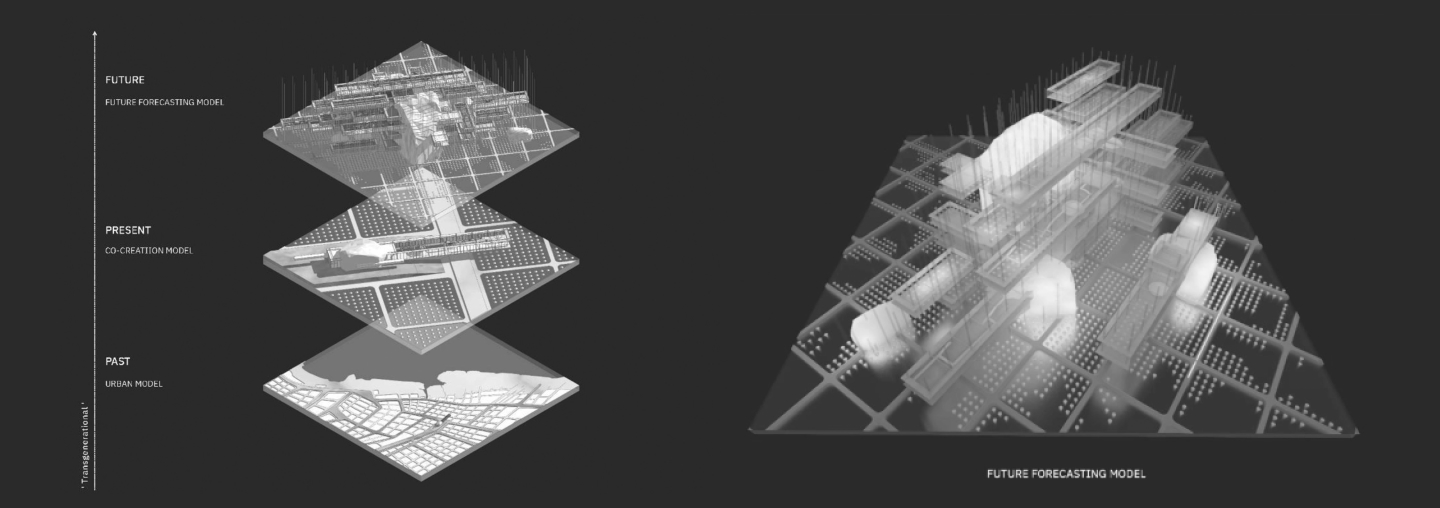
Blending Tradition and Innovation: Architecture of Sea Salt and the Salt Farmer's Legacy
Mr. Purin Srimora & Mr. Sujinda Suramai
Introduction :
The Architecture of Sea Salt is a project that aims to celebrate and preserve the traditional salt farming industry of Thailand, which has been inherited for a long time through generations. This architecture is inspired by the Transgenerational concept, which involves designing functional spaces that can be passed on to future generations while promoting harmony and accessibility among different age groups.
The architectural design of The Architecture of Sea Salt project will reflect the various stages of salt production, from production to processing. The design will use innovative techniques to simulate the past and present of the salt farming area and find new ways to make salt farming a viable profession for future generations. This design will serve as a creative representation of the salt farming industry, highlighting the hard work and dedication of the salt farmers.
The architecture of sea salt will also promote sustainable practices and innovative techniques to make salt farming a more profitable industry in the future. This design will prioritize accessibility and inclusivity to ensure that everyone can participate in the salt production process. By using the Transgenerational concept in the design, the architecture will create a sense of connection and pride among different generations, thereby preserving the cultural heritage of Thailand’s salt farming industry.
The design of the architecture of sea salt aims to serve as an innovative bridge between the past, present, and future. This project will be a valuable addition to Thailand’s architectural sea salt landscape, showcasing the country’s rich cultural heritage and the importance of preserving traditional industries.
The Architecture of Sea Salt project is more than just a building or a functional space. It is a statement of Thailand’s cultural identity and heritage, one that aims to promote inclusivity, sustainability, and innovation while celebrating the hard work and dedication of the salt farmers who have preserved this industry for generations. This architecture serves as a reminder of the importance of passing on traditions and knowledge to future generations and the role that design can play in this process.
Objectives:
• To understand the significance of the traditional salt farming industry of Thailand and its cultural heritage.
• To analyze the challenges faced by the salt farmers and the need for sustainable and innovative practices in the industry.
• To examine the architectural design of the architecture of sea salt project and its reflection of the various stages of salt production, from production to processing.
• To evaluate the role of design in preserving traditional industries and passing on knowledge to future generations.
• To develop a critical perspective on the Naklua architecture project and its impact on the salt farming industry and the cultural heritage of Thailand.
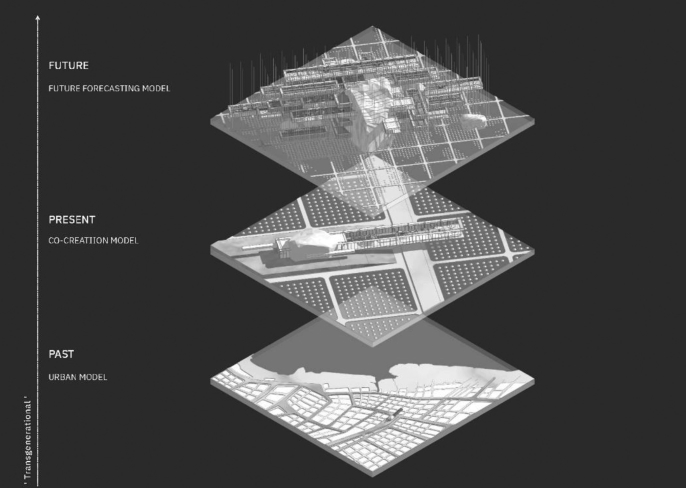
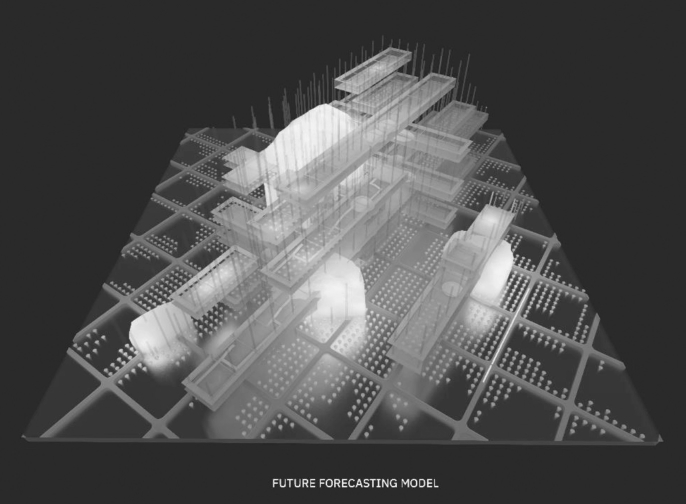
Methodology:
The project methodology for the Architecture of Sea Salt involves a combination of traditional processes and innovative techniques to showcase the salt farming industry and create a functional space that promotes inclusivity, sustainability, and the transgenerational concept.
The first step in the process is to understand the traditional methods of salt farming and the challenges faced by salt farmers. The project team will conduct research, engage with the local community, and observe the salt production process to gain insights into the industry.
Next, the team will use these insights to design a three-dimensional model that creatively conveys the story of the salt farming area, highlighting the various stages of salt production. The model will reflect the past, present, and future of the area and the salt farmer, using innovative techniques to simulate the traditional methods while finding new answers to sea salt in the future.
The design will prioritize accessibility and inclusivity, ensuring that everyone can participate in the salt production process. The team will use sustainable practices and innovative techniques to make salt farming a more profitable industry in the future.
The design will embody the transgenerational concept, creating functional spaces that serve the needs of multiple generations living together in harmony. It will create a sense of connection between the past, present, and future, showcasing the traditional methods while finding new and sustainable ways to make salt farming a viable profession for future generations.
Overall, The Architecture of Sea Salt project is an innovative and sustainable approach to preserving the cultural heritage of Thailand’s salt farming industry. It highlights the importance of passing on traditions and knowledge to future generations and the role that design can play in this process.
Site Environment & Design Solution
The Architecture of Sea Salt project, situated in Thailand’s coastal environment, addresses climate change, seasonal variations, and cultural aspects through modern architectural language.
Implementing elevated structures and resilient materials, the design combats rising sea levels and storm surges. Adaptable spaces cater to shifting salt farming activities and off-season uses, while sustainable strategies enhance the project’s environmental efficiency. Respecting the salt farming community’s cultural and social dynamics, the design fosters collaboration and interaction.
By merging contemporary design with traditional practices, the project ensures the salt farming industry’s long-term viability in Thailand, despite environmental limitations.
Techniques and Materials:
Architectural Representation Drawing
Architectural Modeling
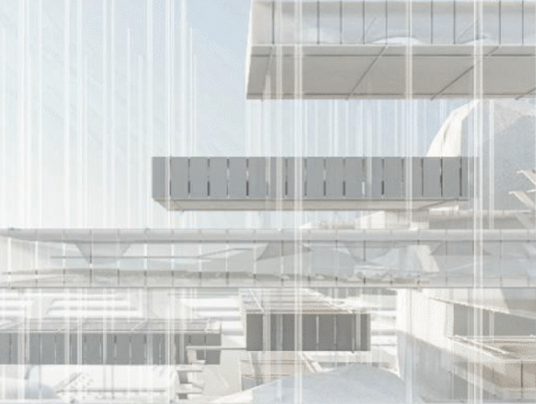
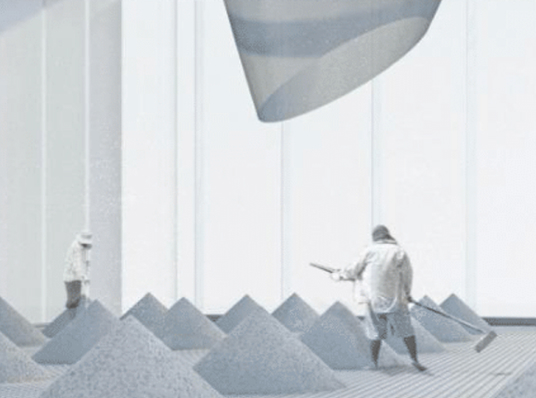
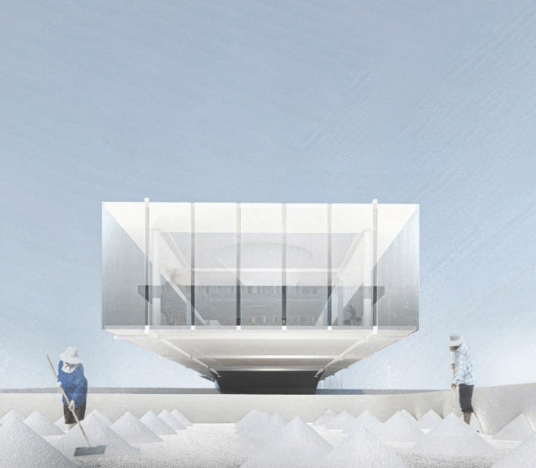
Conclusion:
In conclusion, The Architecture of Sea Salt project is a valuable addition to Thailand’s architectural landscape, celebrating and preserving the traditional salt farming industry through a combination of traditional processes and innovative techniques.
The project highlights the hard work and dedication of the salt farmers who have inherited this occupation for generations and aims to find new and sustainable ways to make salt farming a viable profession for future generations. To promote the salt farming industry, educational programs and field trips can be organized to raise public awareness about the cultural, historical, and economic significance of salt farming in Thailand.
By fostering collaboration between salt farmers, local governments, and private sectors, the development and implementation of innovative technologies and sustainable practices can improve efficiency and productivity. Marketing and branding strategies can emphasize the unique qualities of Thai sea salt, attracting local and international customers and boosting the industry’s growth.
The architecture serves as a reminder of the importance of passing on traditions and knowledge to future generations and showcases the role that design can play in this process. The Architecture of Sea Salt project is a tribute to the cultural identity and heritage of Thailand, promoting inclusivity, sustainability, and innovation in the salt farming industry.
References:
สุกิจ บ่ายคล้อย. (2553). เรื่องเล่าของชาวนาเกลือ : นาเกลือ อดีตในอนาคต ประวัติศาสตร์ไม่แต้มสี. สำนักพิมพ์ กลุ่มอนุรักษ์อ่าวนาเกลือ.
เผดิมศักดิ์ จารยะพันธุ์. (n.d.). Marine Knowledge Hub, Aquatic Resources Research Institute, Chulalongkorn University. http://www.mkh.in.th/index.php?option=com_content&view=article&id=68&Itemid=71&lang=th.
Rudofsky, B. (1964). Architecture without Architects: An Introduction to Non pedigreed Architecture. New York: Museum of Modern Art.